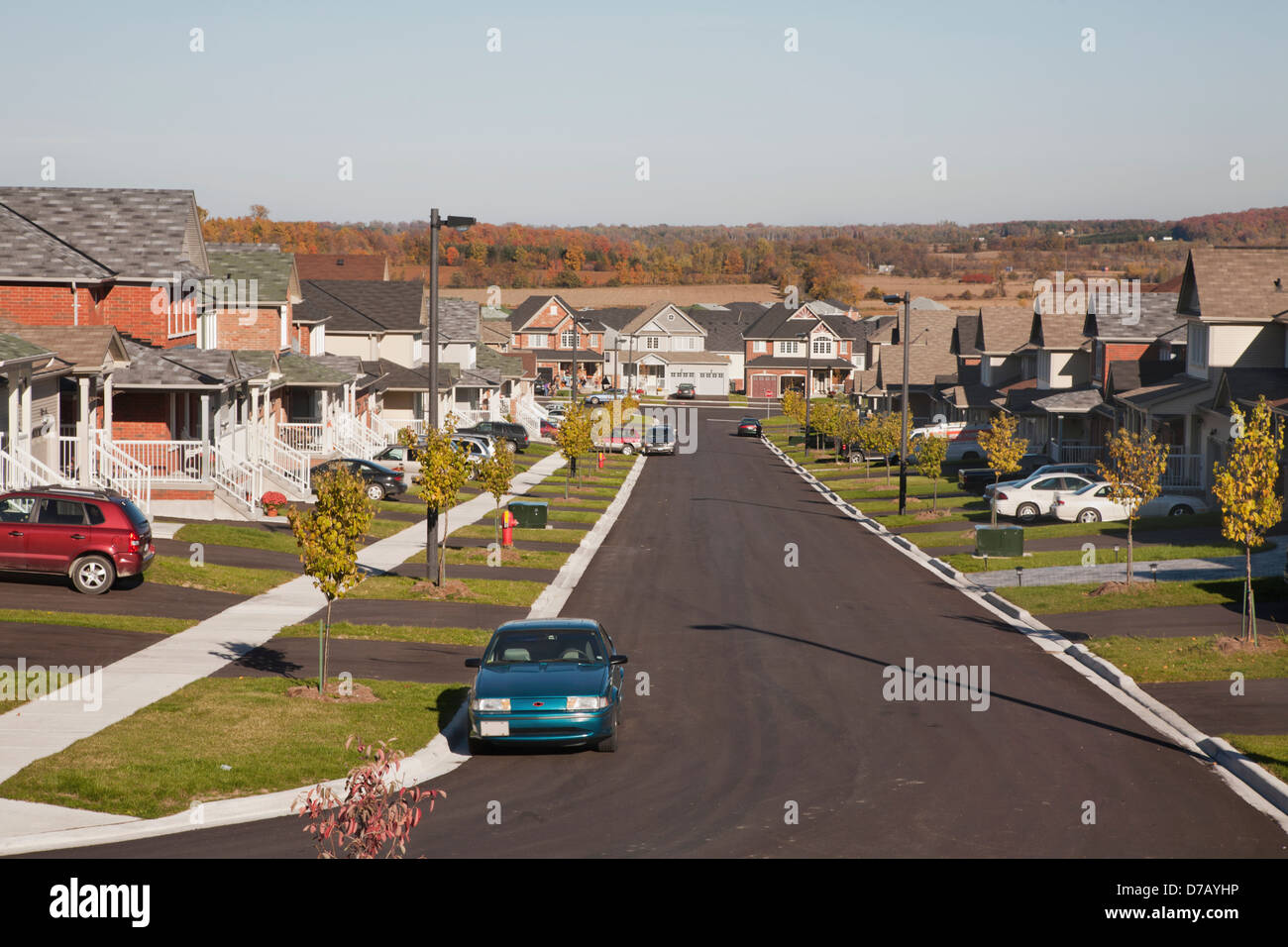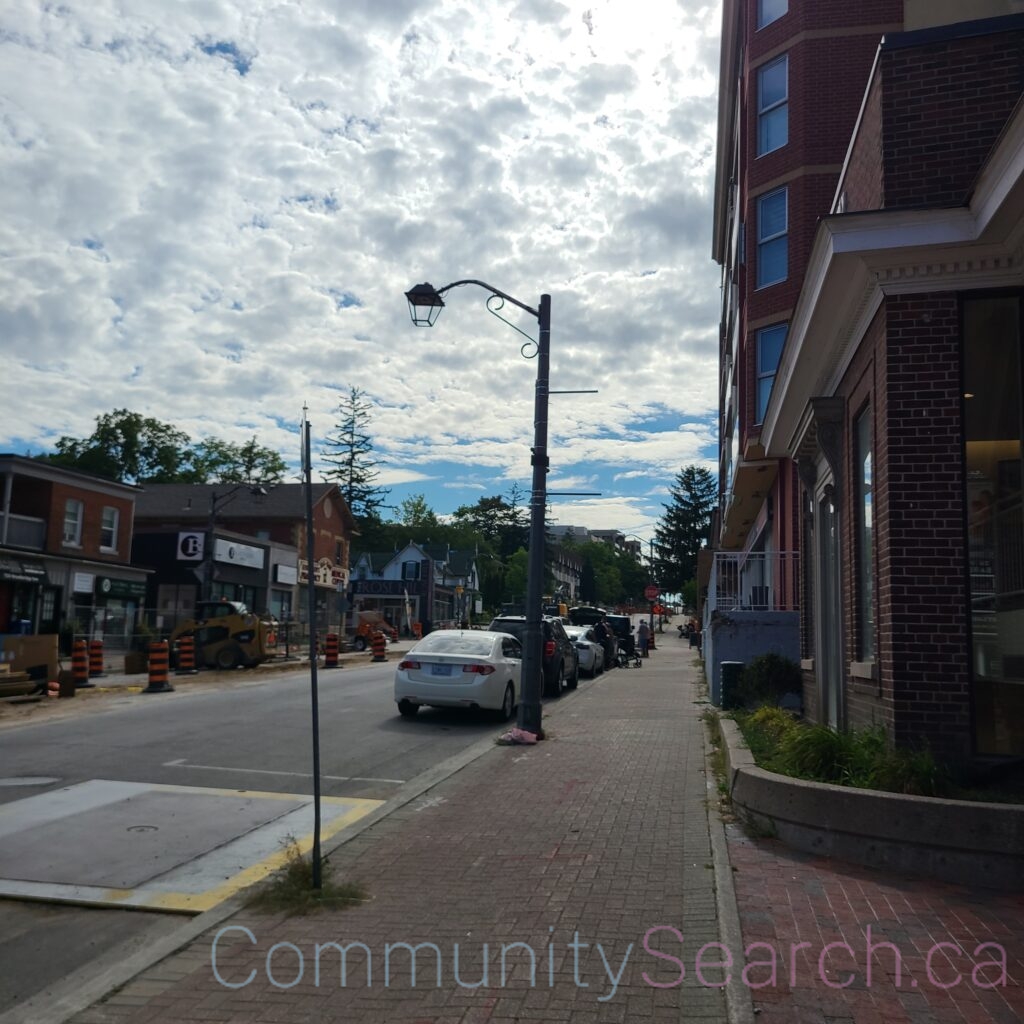Vaughan Ontario To Toronto - Truths
Vaughan Ontario To Toronto - Truths
Blog Article
How Vaughan Ontario Map can Save You Time, Stress, and Money.
Table of ContentsMore About Vaughan Ontario TimeThe Definitive Guide to Vaughan Ontario MapVaughan Ontario Apartments Can Be Fun For EveryoneLittle Known Questions About Vaughan Ontario Zip Code.Vaughan Ontario Weather Fundamentals ExplainedNot known Facts About Vaughan Ontario
In the early 1700s, the Haudenosaunee left the Humber landmark for their region in top New York state. At some time after 1720, the Haudenosaunee's withdrawal from Vaughan made means for the migration of Algonquian-speaking Anishinaabeg individuals (consisting of the Ojibwa, Algonquin, Chippewa, Mississauga, Potawatomi and Odawa) to this area. The Anishinaabe made alliances with the French investors and, later, with the British.
Americans that had supported the British during the war left their homes in search of a brand-new location to live and work.
Some Known Factual Statements About Vaughan On
The first settlers to arrive in Vaughan in the early 1800s were mostly Pennsylvania-Germans, complied with right after by immigrants of British and French descent from the United States. vaughan ontario postal code. These very early American settlers were farmers, however after 1840, the majority of the arable land in the area had been taken, and later on immigrants primarily from Britain were millers, merchants, woodworkers and so forth
Agriculture and milling were particularly crucial to the advancement and early economic situation of Vaughan. Animals farmers typically maintained ducks, poultries, geese, cows, lamb and pigs. It wasn't up until the 1840s, with the introduction of horse-drawn farm devices that animals farmers increased their performance and were able to sell their items on the British market.
Excitement About Vaughan Ontario Apartments
It enabled for the grinding of wheat to make bread, the cutting of lumber to make homes and the weaving of woollen to make textiles. Small neighborhoods grew around river websites, specifically the Humber and Don Rivers, which were used to power the mills on the western and eastern boundaries of Vaughan, respectively.

Woodbridge Agricultural Equipment Works employed over 200 men by 1873 and Patterson & Brothers Manufacturers effectively satisfied an international market. Woodbridge's Abell Agricultural Works, established in 1862, fueled much of the local economic climate till it transferred to Woodstock in the late 1880s. From the mid-1800s to 1935, Vaughan stagnated in terms of development and the economy.
The 7-Minute Rule for Vaughan Ontario Zip Code
It was likewise throughout this time that water and drain services increased in parts of Vaughan.
The Doctor's House in Kleinburg, which was home to Dr. Thomas Henry Robinson in between 1877 and 1929, is currently used as a reception hall. In Maple, the Vellore school and territory hall, created in 1837 and 1845, specifically, were once main village establishments; today, they are heritage structures that double as community event locations, simply footprints away from contemporary commercial facilities.
By 1960, the population of Vaughan was 15,957. In between 1981 and 1991, Vaughan's populace expanded from 29,674 to 111,359 a rise of 275 per cent.
Some Known Facts About Vaughan Ontario Zip Code.
In 1799, the Kendrick Brothers developed the initial potashery in Vaughan. Wheat and animals farming, as well as milling, were also lucrative.
After the world battles, rising cost of living caused individuals in country Ontario to flock to urban locations, such as Toronto. Vaughan's close closeness to Toronto indicated that people were inclined to start a life there and to commute to the larger city for work. This was the start of Vaughan's rural areas, comprised of various kinds of workers that either remained in Vaughan to earn a living or operated in Toronto.
The production of Yonge Street by John Graves Simcoe in 1793 was perhaps the following most considerable travel and transport path going through Vaughan. Yonge Street is still a popularly passed through road in Vaughan, specifically for those living in and around Thornhill, west of Yonge. There are a variety of various other essential roads that offer gain access view it to throughout Vaughan and to other cities, consisting of Bathurst, Dufferin, Keele and Jane streets, in addition to Freeways 400, 407, 27 and 50.
The Buzz on Vaughan On
Opened up in 2017, a TTC metro extension on Line 1 into Vaughan further linked the city to Toronto. Vaughan exists within York Area, the higher degree of federal government, which likewise includes eight other communities (Aurora, East Gwillimbury, Georgina, King, Markham, Newmarket, Richmond Hillside and Whitchurch-Stouffville).
At the municipal level, Vaughan is regulated by a mayor, 3 regional councillors and 5 local councillors. The council is elected every 4 years. Throughout the early 19th century, Vaughan was regulated by the nest of Upper Canada. The town had both elected officials and government-appointed magistrates. The magistrates administered over the neighborhood leaders, and were often implicated of being out of touch with the population.
Report this page